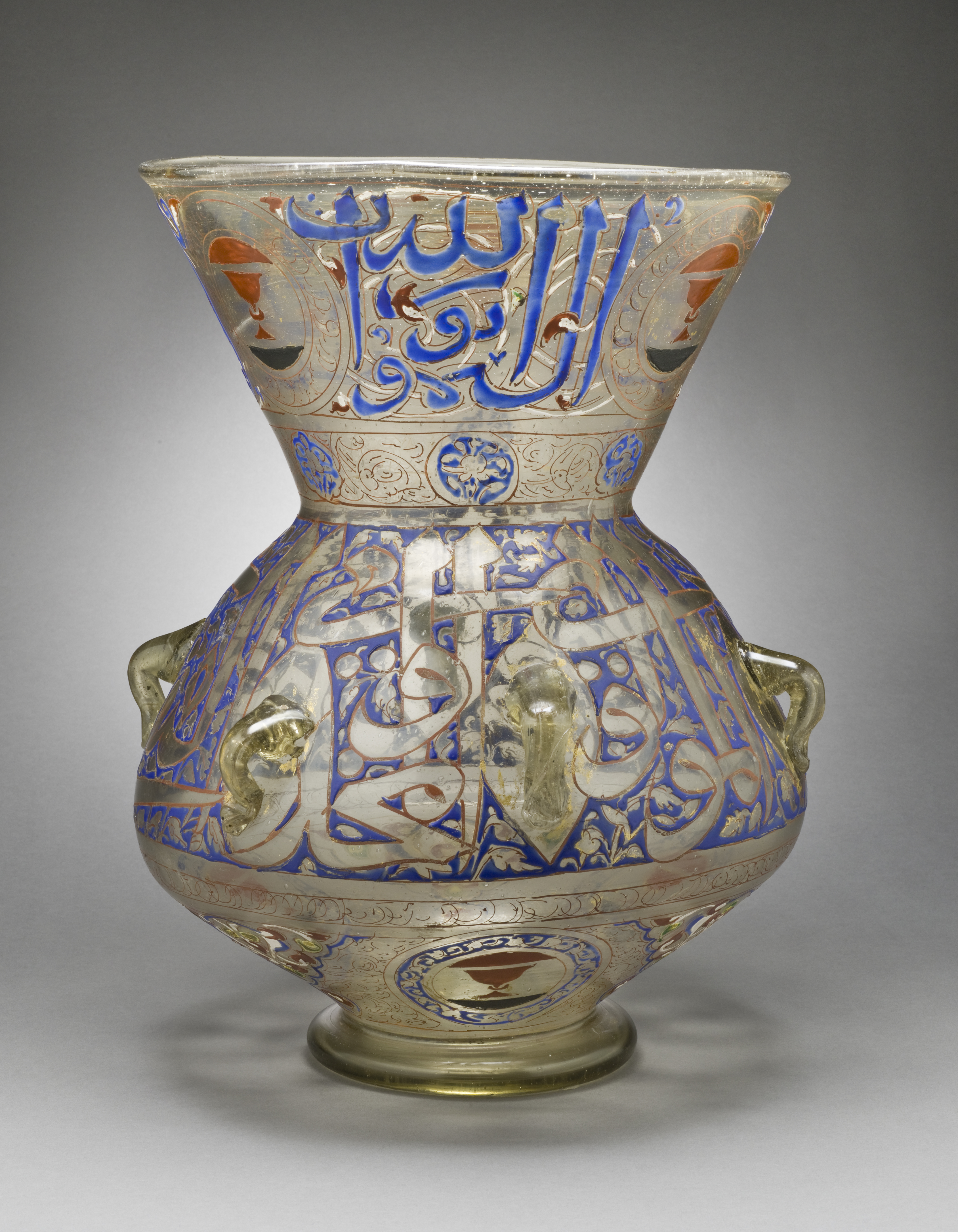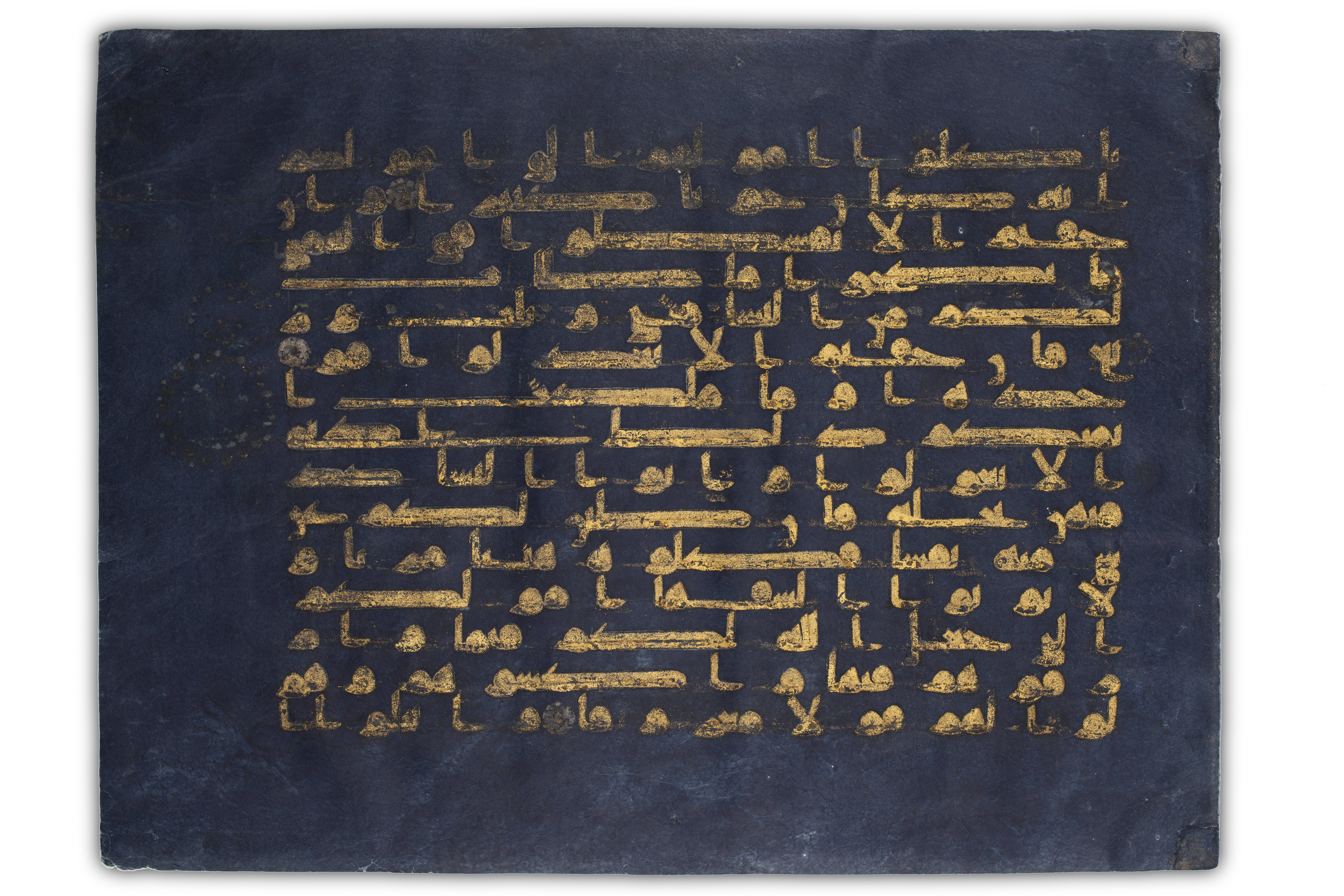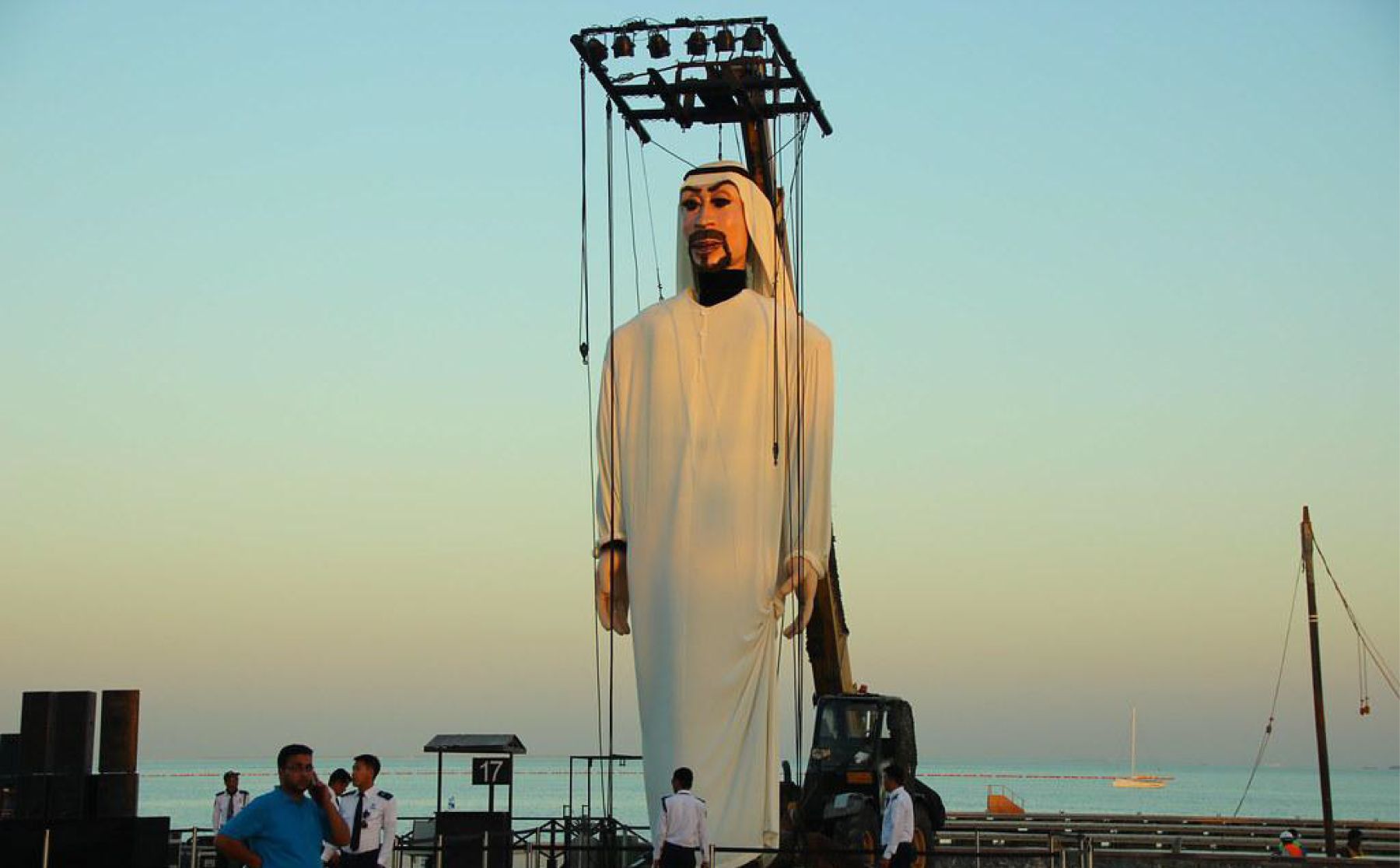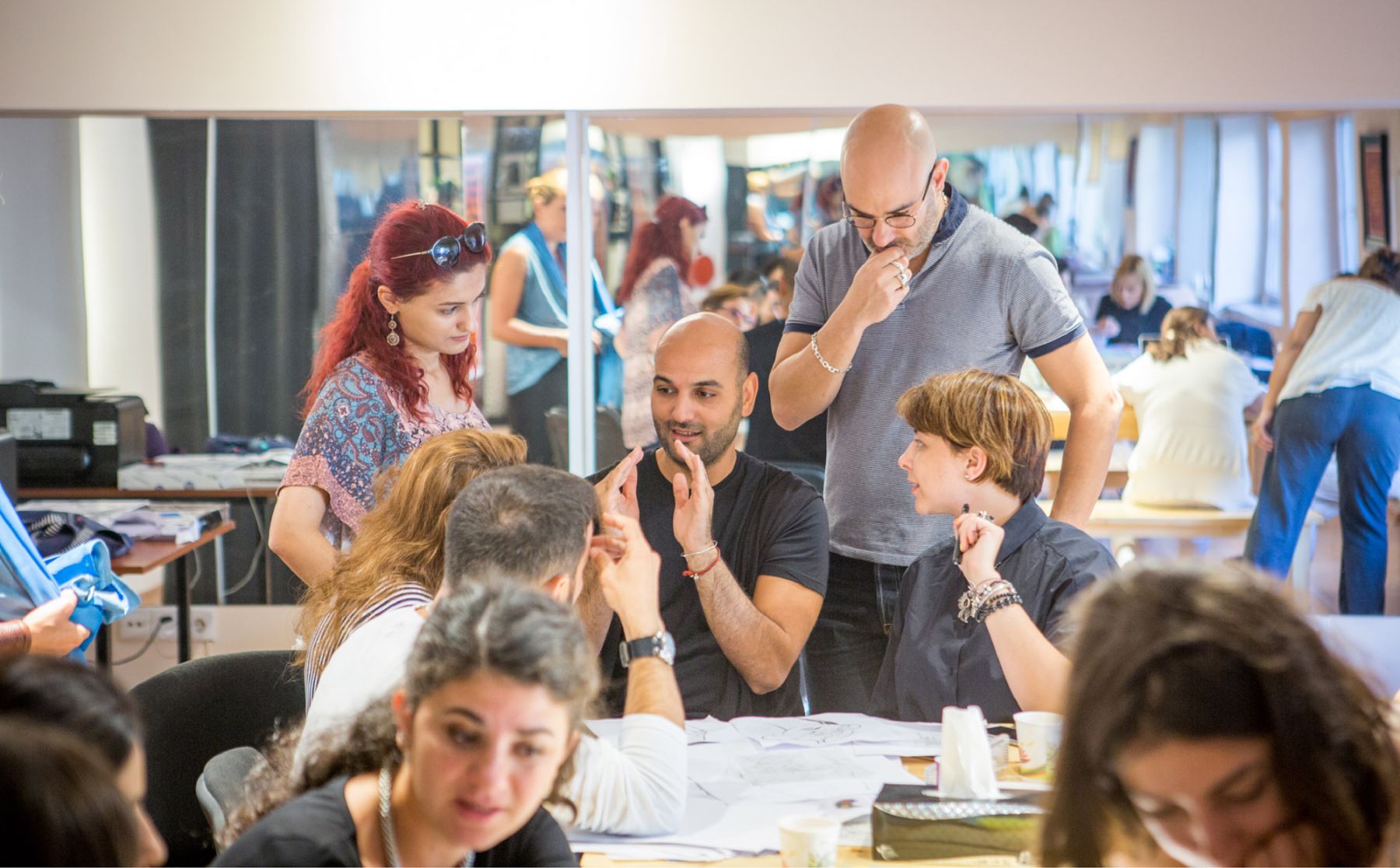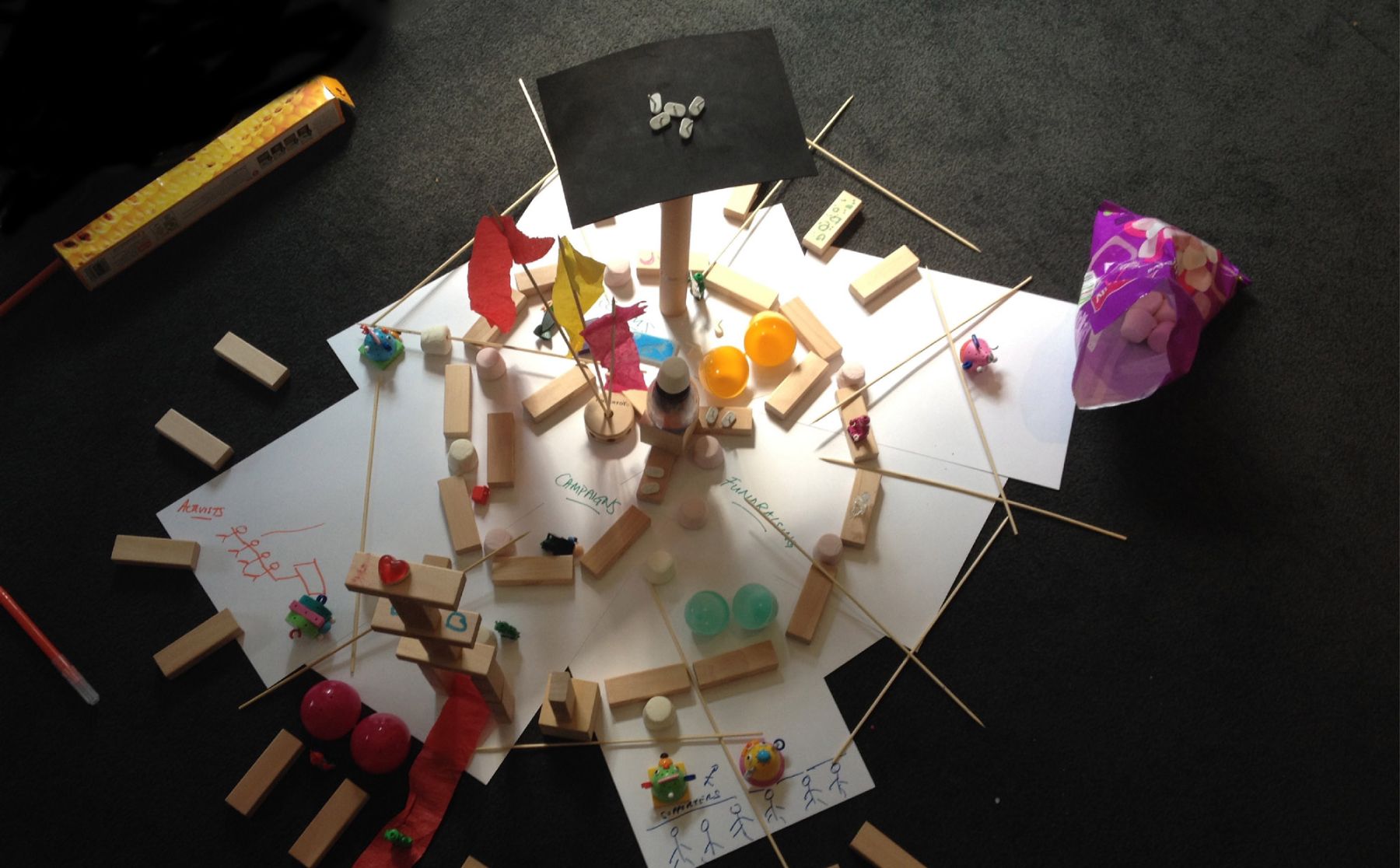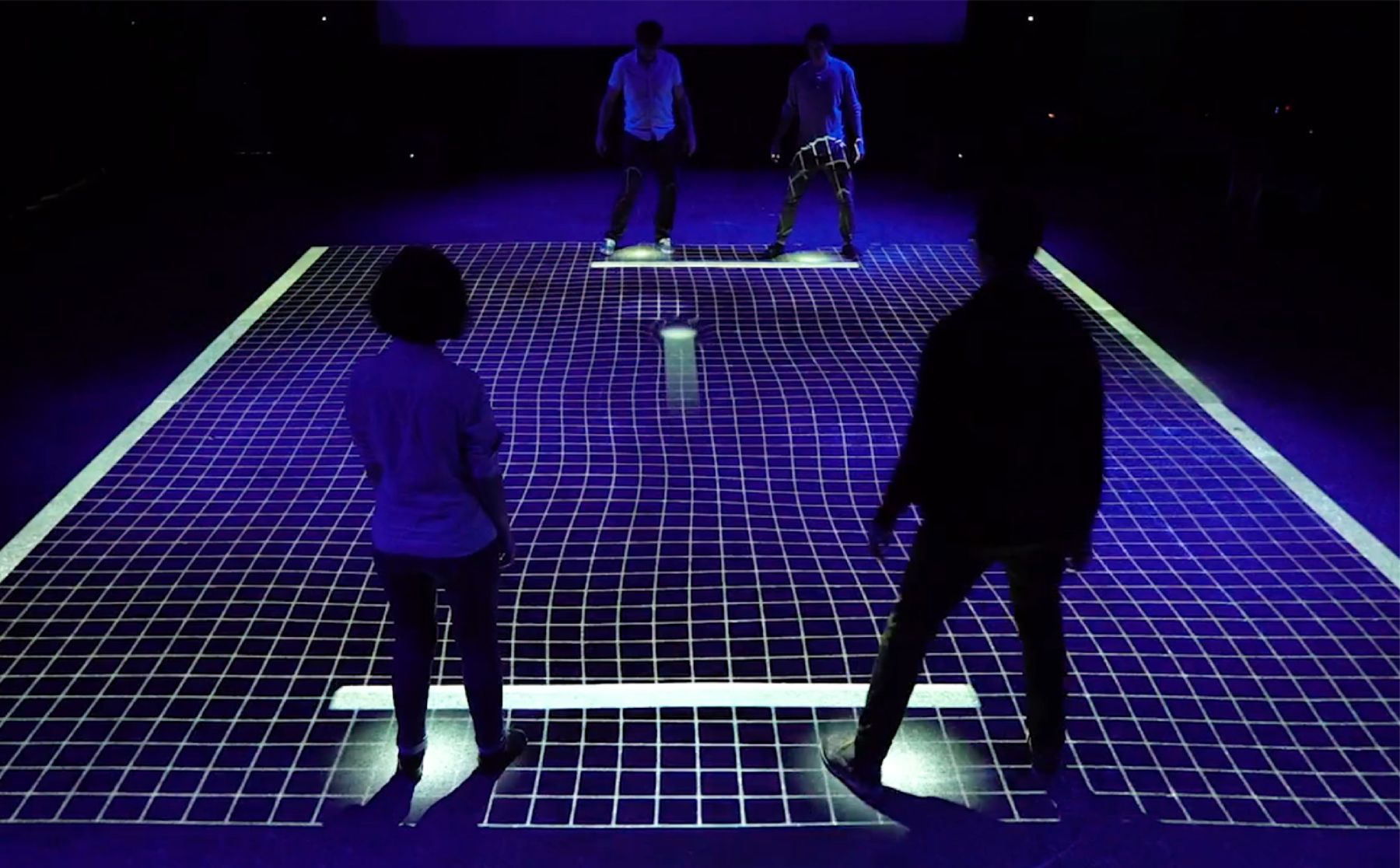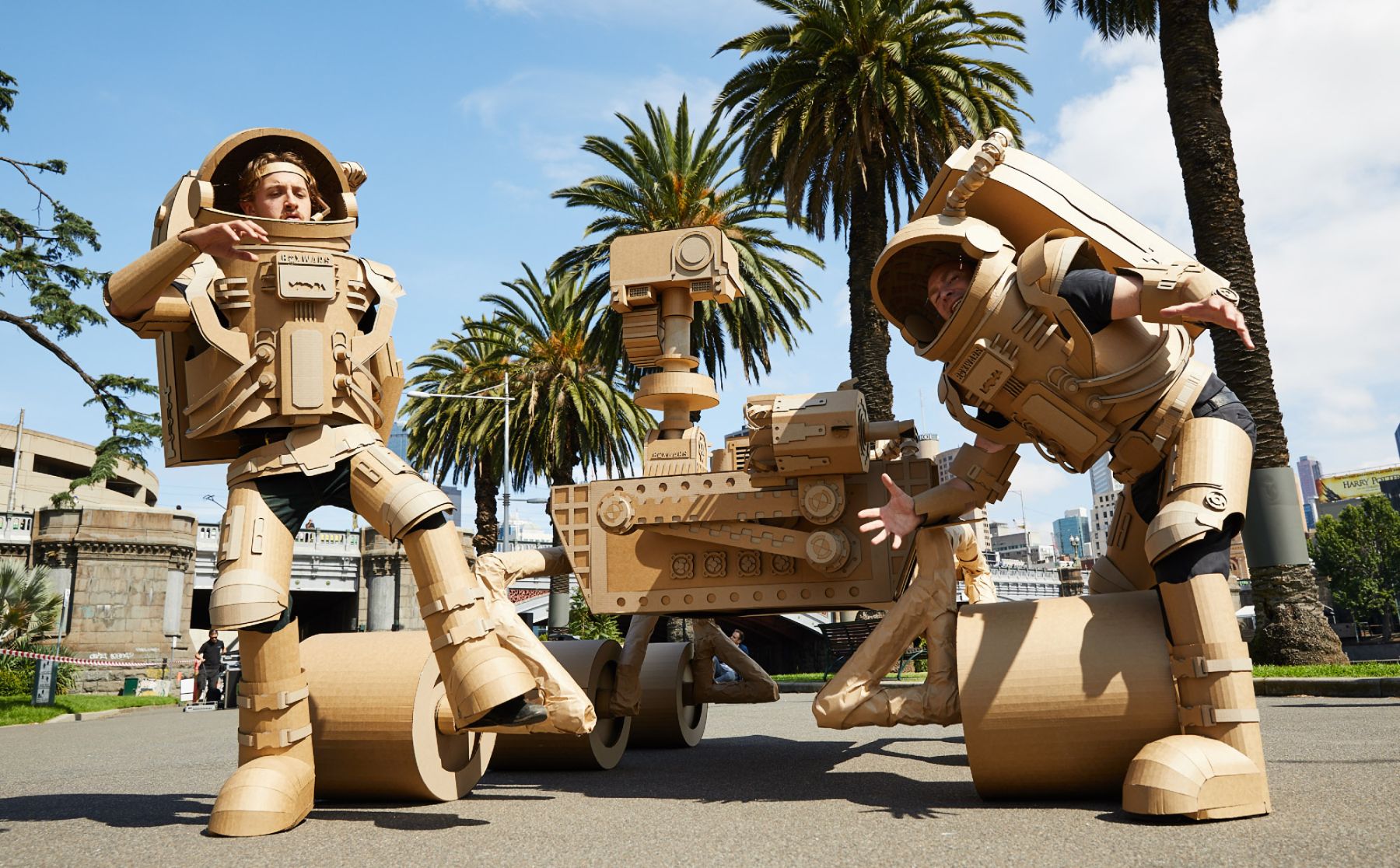Islamic art includes some of the most spectacular craftsmanship and attention to detail the world has ever seen. As part of UNESCO’s International Day of Islamic Art, we present two examples which we have displayed here at Ithra.
This lamp is almost 700 years old. It was made in either Cairo or Damascus.
This lamp was commissioned by Amir Shaykhu, who was a major figure in 14th century Cairo. We know this from an inscription just below the neck of the lamp. It was used either in a mosque he had built or in a madrasa which he commissioned. Both buildings are beside each other in Cairo and form part of the same complex.
Both the mosque and the madrasa still survive in Cairo today, and they are regarded as good examples of architecture of the Mamluk period.
Amir Shaykhu is still a well-known figure in Cairo. He was Grand Emir – effectively prime minister – in fact the first person to bear that title.
Shaykhu was originally a mamluk: a slave soldier. He rose through the military and through civil society. And he became a high-ranking emir.
We believe that the glass-blowers were probably craftsmen whose forefathers had come from Basra. It is believed that they left their homelands to escape the Mongol holocaust. When the Mongols took Baghdad in 1258, up to one million people may have died and much of the city was razed to the ground.
This example is especially characteristic of their style of glass-blowing. And there was a high demand for these skills.
The lamp is engraved with some lines from the Holy Qur’an: the well-known Al-Nur verse.
The Blue Qur’an
This page is over one thousand years old. It is a page from one of the most spectacular manuscripts ever created in any language and of any book.
This is a single page from the world-famous Blue Qur’an. It was written, entirely by hand, sometime around the late ninth to early tenth century. There is continuous scholarly debate about where it was originally produced. The current consensus is that it was produced for the Great Mosque of Kairouan by scribes and artisans. Kairouan is in Tunisia, and at the time the area was ruled by a dynasty known as the Fatimids. One of the dynasty’s legacies is the Al-Azhar University in Cairo.
The Blue Qur’an is written with special inks which were made by grinding gold and silver in particular solutions. The pages are of blue vellum, which is made of animal skin. In this case from calf-skin. For such a prestigious project as this, they would have only used the best vellum from the parts of the animal yielding the best quality skin. The vellum was dyed blue using natural plant-based indigo dyes which are similar to the substances used to dye blue jeans their distinctive color. We believe that the vellum was dyed before it was cured, and this meant that the color impregnated the vellum better.
The use of blue, gold and silver is intentional and designed to show the importance and majesty of the text. There was a precedent in the Mediterranean region of having the most important texts printed in blue or purple. And scholars believe that whoever commissioned this volume wanted to make sure that the Scriptures were displayed in a worthy manner.
The effect of the gold and silver on blue is striking. Remember that these pages would likely have been read by oil lamp or candle light inside a mosque. The candlelight’s shining on the gold would have would have produced a spectacular shimmering effect.
There are 600 pages in all of the Blue Qur’an. Most of them are still in Tunisia. Various others are found in museums and collections all over the world. In 2015, a single page from the Blue Qur’an was sold for about half a million dollars by the London auction house Sotheby’s.
The manuscript is written with 15 lines per page. Each group of twenty verses is separated by a silver rosette. The silver has oxidized and is no longer quite so distinct.
This book would have involved a team of writers to work on different sections and to focus on particular features. For example a scribe might have worked on the text on a page and then passed it to another artisan to work on the silver rosettes. The spacing of the text to ensure the best fit itself required considerable skill and experience.
The verses come from the fourth Surah of the Holy Qur’an: An-Nisa.
This edition of the sacred text is written what scholars called Kufic text. It is not easy for modern Arabic-speakers, even scholars, to read today. The Kufic script lacks the diacritic marks and vowels we are used to when we read modern or classical Arabic.
- Murdo Macleod


